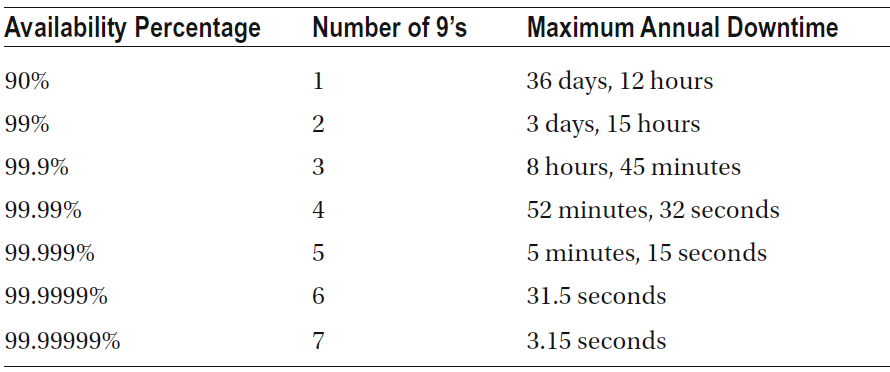Every business application has one critical need in common, and it is their data availability all the time. To achieve the same, businesses must formulate a strategy to lower user downtime and high availability.
What is High Availability?
The High Availability (HA) is configured to lower the downtime impact of your business and increase the availability of your data. Disaster can happen anytime and there is no system in the world that assures 100% of availability. The whole idea of High Availability is to mask the effects of failure or natural disaster. Further, in case of a failure, the High Availability ensures getting the critical data online as soon as possible.
High Availability Solutions
To achieve a solution with High
Availability, there is a need for people with the right skills, responsibilities,
and leadership in place. With people, it is more important to have the right ownership
to handle the situation correctly.
How is Availability calculated?
Every Availability is calculated and expressed in the percentage of uptime in a given year. The formulae for calculating the Availability is:
The above formulae can give you the results with a number of 9s in the decimal value. As the number of 9’s increases, the uptime increases correspondingly. There is a simple chart that illustrates the same.
Reasons for Downtime
There are two types of downtime.
Planned downtime
The planned downtime is one that most businesses plan and execute during the maintenance window.
Some of the common planned downtimes are.
- Hotfix or patching window
- Server or app maintenance
- Software and Hardware upgrades
In most of the above-planned maintenance, the impact is low as the users are informed in prior to initiating the maintenance work.
Unplanned downtime
Unplanned downtime is referred to as an unpredicted event of failure. There are many times an instance can get into an unplanned outage and some of the reasons are:
- Server failure
- Datacenter failure
- Storage failure
- Network failure
- Human error











0 comments:
Post a Comment